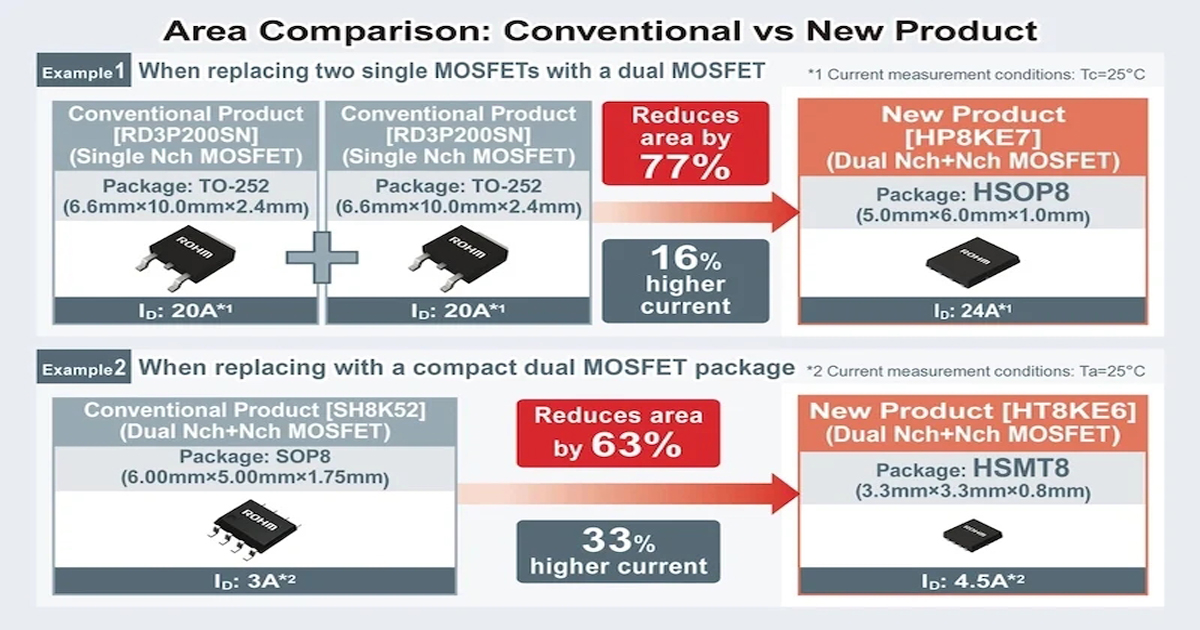Low Power, High Flexibility: The Focal Points of ST’s New Wireless MCUs
The new family supports a wide range of frequencies, modulation schemes, and deep sleep modes.
Internet of Things (IoT) consumers increasingly demand energy-efficient, long-range communication solutions. For such solutions, engineers must balance reliability, long range, and low power.
To help designers reconcile these tradeoffs, STMicroelectronics recently announced a new family of low-power, wireless MCUs designed specifically for IoT applications.

The STM32WL3x MCUs offer flexibility with an IQ interface for custom modulations and support for multiple modulations.
In this article, we’ll take a deeper look at this new MCU family, with a particular focus on its low-power autonomous wake-up receiver (LPAWUR).
Introducing the STM32WL33xx Series
ST’s new STM32WL33xx series represents a significant leap in the world of multi-protocol, low-power wireless microcontrollers.
A central computing element of the STM32WL33xx series (datasheet linked) is the Arm Cortex-M0+ core. Renowned for its energy efficiency, this 32-bit core is built around a two-stage pipeline and operates at speeds up to 64 MHz. The core is further supported by up to 256 kB of Flash memory, 32 kB of SRAM, and 1 kB of one-time programmable (OTP) memory.

A block diagram of the STM32WL33xx.
In addition to the core, the series is equipped with a capable RF transceiver. This transceiver supports a broad spectrum of modulation schemes, including 2(G)FSK, 4(G)FSK, OOK, ASK, and DSSS. It also supports frequencies from 413–479 MHz and 826–958 MHz. Its output power is adjustable up to +20 dBm and features a receive sensitivity down to -132 dBm.
Another critical aspect of the STM32WL33xx series is the integrated low-power autonomous wake-up receiver. Operating in always-on mode, the LPAWUR offers a current consumption of just 4 µA. Its sensitivity and use of OOK data receiver channels are essential for triggering the wake-up of the entire system-on-chip (SoC) in low-power modes like Deepstop, where power consumption reaches 960 nA.
Wake-Up Receivers in Low-Power IoT Designs
Wake-up receivers conserve energy in MCU-based systems by staying in an always-on monitoring state. They consume minimal power while the main MCU remains in sleep mode. When these receivers, such as the LPAWUR in the STM32WL33xx, detect a specific signal, they trigger a wake-up event to the MCU. This event activates the MCU, thus conserving energy by keeping the device in a low-power state until needed.

A wake-up receiver inside of an IoT system.
By integrating a wake-up receiver into the system, ST allows the STM32WL33xx series to spend more time in sleep mode and only activates the MCU if there is data to be analyzed. This translates to significantly lower energy consumption and longer battery life for IoT devices.
Supporting Battery-Powered IoT
As the IoT industry continues to demand low-power, reliable devices, the STM32WL33xx may fill a critical market need. Thanks to a combination of low-power design decisions, such as an Arm Cortex M0+ core, a low-power transceiver, and an autonomous wake-up receiver, the family of MCUs can help designers balance the tradeoffs of battery-powered IoT design.
ST envisions the family aiding in applications such as asset tracking, smart metering, and any system meant to monitor data from sensors and alarm systems. The family is currently available in quantities up to 10,000, with evaluation kits to follow soon.


.jpg)
